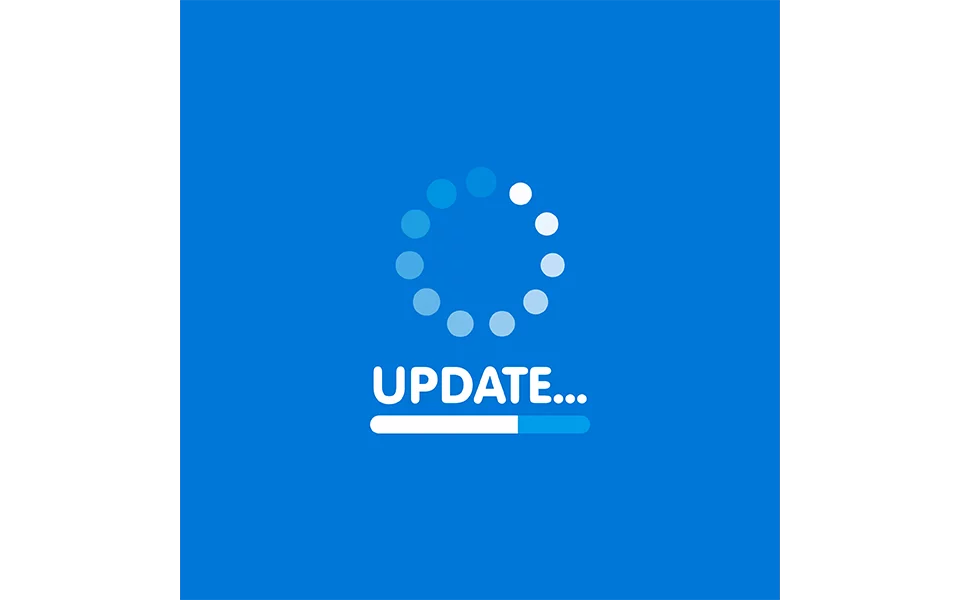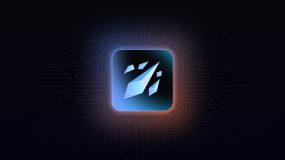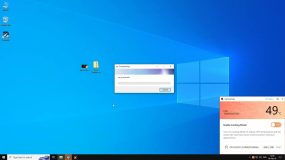KB4493132 on Windows 7 SP1 is a creative update to notify users that Windows 7 support has ended, which indeed is a very reasonable decision in view of the fact that Microsoft is no longer releasing security updates and technical support starting from January 14, 2020.

This update is informational in nature in regard to the end of support and can be of useful purposes for the purposes of helping the user migrate to newer OS versions such as Windows 10 or Windows 11.
What is Windows 7 SP1 KB4493132?
This update, as issued at the beginning of 2019, had one simple purpose-to inform people that Windows 7 was about to lose its support.
Once installed, the users will be taken through frequent pop-up reminders to upgrade their systems.
What Does the KB4493132 Update Do?
After installation, KB4493132 triggers notifications about the end of Windows 7 support. These reminders prompt users to upgrade to a newer OS.
The notifications are accompanied by options to learn more about upgrading or to disable future reminders. So to summarize in a few bullet points:
- Microsoft is shutting down free support for updates to Windows 7 as of January 14th, 2020.
- Windows Update downloads repeating notifications of this support termination under an update called KB449313.
- Once installed, KB449313 offers you a link that insists on switching to Windows 10/11.
- You can avoid the update by keeping your Windows 7 updates manual and not selecting it.
- Your Windows 7 edition will however still become unsupported in less than a year.
What Are Your Options?
Now that we’ve covered all the main details, your options for dealing with the KB4493132 End of Support Notification break down into the following:
Disable the Notification
If you accidentally downloaded the update, you can disable the notifications by checking the “Do not remind me again” box in the pop-up.
Upgrade to Windows 10 or 11
Microsoft recommends very clear migration to Windows 10/11 for continued functionality and a secured environment. The notification provides links to several materials for upgrading.
Keep Using Windows 7 with Extended Security Updates
The users who would like to continue with Windows 7 are presented with the ESU option, provided by Microsoft at a certain fee, which will increase every year and be completely unavailable by 2023.
In order to optimize your system for maximum performance and stability for upgrading, you may wish to try the Outbyte PC Repair.
“For a complete optimization toolkit, consider complementing Outbyte PC Repair with Outbyte AVarmor for real-time protection against malware and threats, and Outbyte Driver Updater to make sure your drivers stay current and your system runs without a hitch.”
Should You Upgrade or Stick with Windows 7?
Whether upgrading or not depends on what you will be using your computer for.
If all is going fine with your currently possessed machine, you could delay upgrading for some time and take advantage of third-party security solutions.
This already usually will be more dangerous than the upgrade, however, because it implies full losing of system security and probable access to updates.
People are also looking for ways to fix common Windows errors:
What Is Error Code 0x80073701 and How Can You Fix It?
How to Fix The 0x8024401c Error Code?
How to Fix the Windows Installer Error 0xc8000222
Step-by-Step Guide to Fixing Error 0x80070003
FAQs
What does the KB4493132 update do?
It notifies them-through notifications-that support for Windows 7 has reached its end and asks them to upgrade.
Can I disable the notifications?
Yes, you can prevent future notifications from showing up by clicking the option “Do not remind me again.”
What is Extended Security Updates?
Well, ESU stands for Extended Security Updates; it is a paid servicing option to extend security updates beyond the end of support date for Windows 7.
Should I upgrade to Windows 10 or 11?
Quite simply, yes – unless you have specific reasons for wanting to keep operating with Windows 7, it is worth doing since your system will stay secure with new updates.





